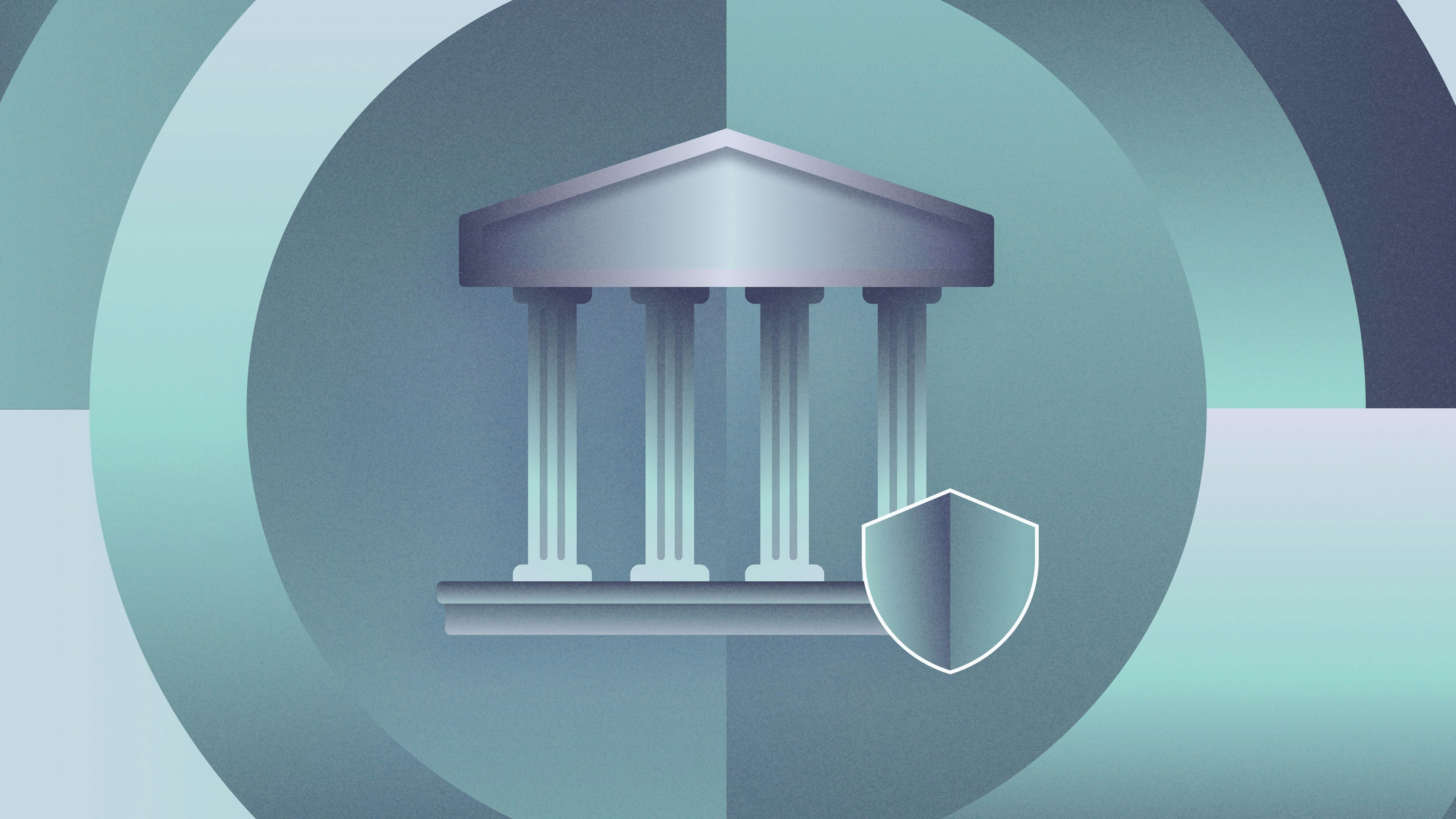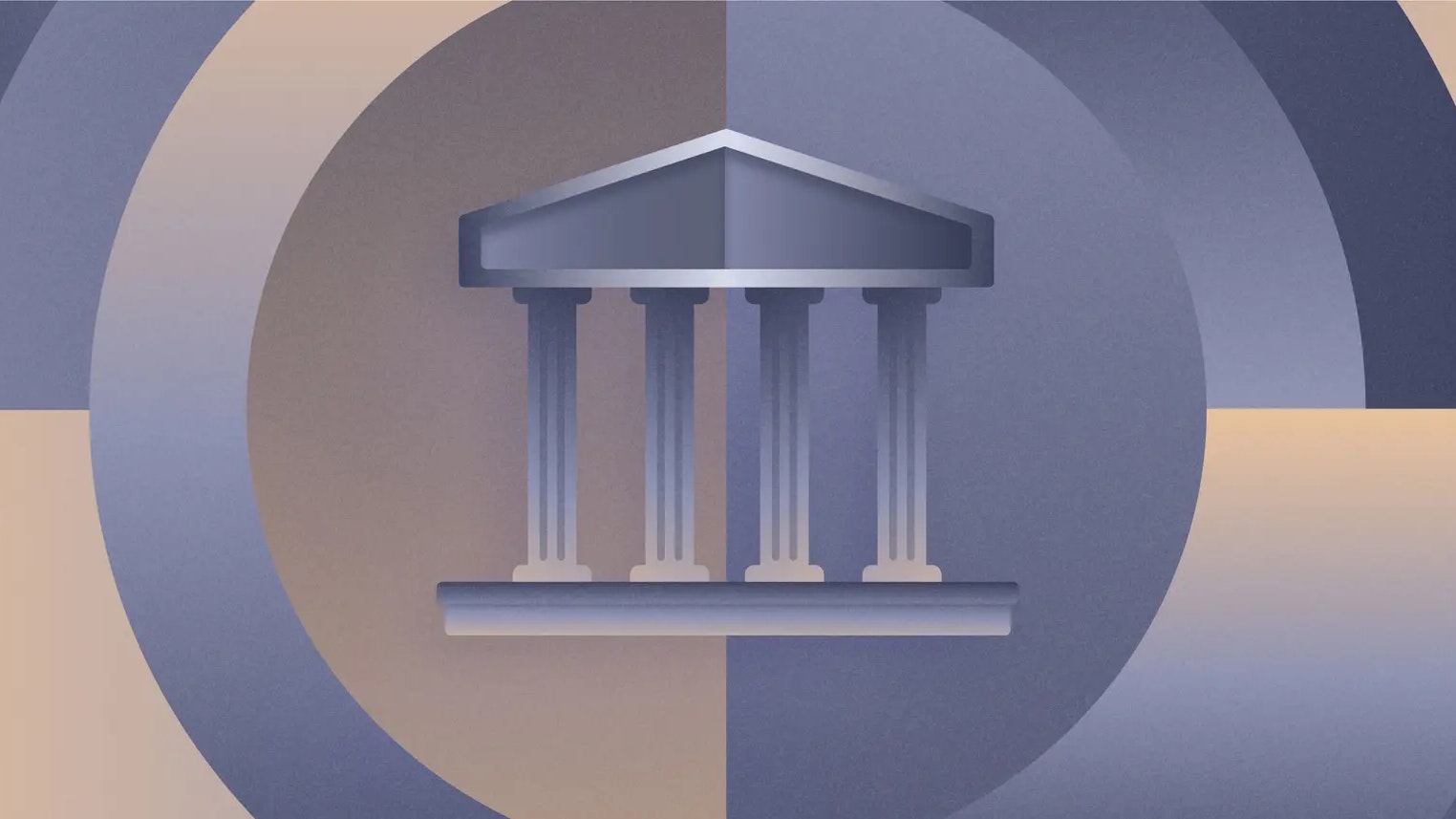How FDIC insurance protects your startup’s cash

For nearly a hundred years, the FDIC (Federal Deposit Insurance Corporation) has provided a soft landing for millions of depositors when banks have run into rocky terrain. Today, both retail and commercial clients count on FDIC insurance to bank with confidence and peace of mind. But how does FDIC insurance work — and when it comes to business banking, is it the best strategy for protecting your cash?
This communication does not constitute a solicitation to buy or sell the investment products described. This content is for informational purposes only, you should not construe any such information or other material as legal, tax, investment, financial, or other advice. All investments are subject to the risk of loss, including the loss of principal. No representation is being made that an investment account has, will, or is likely to achieve profits or losses equal to the profits or losses shown. Actual returns will vary greatly and depend on personal and market conditions. Before investing, consider your financial goals and the costs of using the program.
An introduction to the FDIC
FDIC insurance has buoyed Americans’ confidence in the banking system since its creation. It’s achieved this through one simple promise: to guarantee client deposits in the event a bank goes under. So who runs the FDIC, and how does it work? The FDIC is an independent agency created by Congress that supervises the health of financial institutions, steps in if they enter rough patches, and oversees the decisions made once it is seized and operations are halted. While it’s backed by the U.S. government, no public funding pays into the FDIC — instead, it's the banks themselves that pay premiums directly to the FDIC. This system is not unlike the insurance premiums paid by individuals for, say, home or car insurance — covering losses in the event of a crisis.
How much money the FDIC covers
Since its establishment, no depositor has ever lost a dollar of FDIC-insured funds — an encouraging precedent, especially in moments of uncertainty such as the economic crisis of 2008 or, more recently, the collapse of Silicon Valley Bank. Every time a bank can no longer meet its obligations, it is closed by a regulatory agency, and the FDIC returns depositors their insured cash, including both the principal and accrued interest up to the date the bank closed.
As for how much of your money is insured, the standard amount of FDIC insurance is $250K. This covers what is known as “deposit products,” which include checking and savings accounts, as well as NOW (or negotiable order of withdrawal) accounts, money market deposit accounts, cashier’s checks, and more. This coverage is automatic with an FDIC-insured bank, meaning there’s no opt-in process or additional fee required to access the coverage. Some banks even participate in a sweep network, which is a mutual agreement between banks that works by spreading deposits across the network and extending coverage beyond the $250K per account maximum — sometimes up to 20x the per bank limit.
How the FDIC monitors banks for stability
The FDIC keeps a close eye on the financial health of its insured banks and monitors the pulse of banking system to keep things running smoothly. Similar to how your medical insurer might require you to get an annual physical exam, it performs audits to ensure banks meet certain health metrics. These are often conducted at least yearly to evaluate the bank’s overall safety and compliance with laws and regulations. The FDIC does this to identify emerging risks and prescribe corrective actions for individual banks as well as proactive strategies for the industry at large. One way to check that a bank is FDIC insured and find an overview of its history and details is to search for it on the FDIC’s database, BankFind Suite.
How the FDIC handles bank failures
In the event a bank becomes insolvent, that is when it is no longer able to meet its obligations to clients and investors like we recently witnessed with SVB, the FDIC essentially has two levers to pull. The first is to sell the bank to an interested buyer — this party may take over some or all of the failed bank’s assets as well as its liabilities, meaning no FDIC funds need to be used to recoup depositors. The other option is to return the insured deposits to clients from the FDIC’s purse, then liquidate the remainder of the bank’s deposits and return as much of that uninsured cash as is left over.
There have been a few instances where the FDIC stepped in and covered all of a failed bank’s deposits — even beyond the FDIC-insured limit. In 2008, Washington Mutual failed, and even uninsured depositors were made whole. Another bank the same year returned 50% of uninsured deposits. This year, the FDIC sold all of Silicon Valley Bank’s deposits and loans to cover all its depositors far beyond the $250K per account limit. Historically, exceptions like these, where the government permits the FDIC to lift the $250K insurance cap, have been made in order to prevent a widespread financial crisis. This is referred to as a systemic risk exception, and although made legal in 1991, the exception was not put into practice until the crisis of 2008, and always requires the approval of Congress.
What FDIC insurance was designed for
To answer the question of how much FDIC insurance is enough, it’s important to look at who it was first designed to protect and why.
For that we’ll rewind to the infamous Black Tuesday in 1929, when billions of dollars and thousands of investors were wiped out, causing widespread fear and panic. This financial upheaval precipitated a series of massive bank runs, further destabilizing the financial system. By 1933, about 40% of all banks in the U.S. had failed, either disappearing entirely or being absorbed by other banks. Faced with the challenge of instilling stability and trust, Congress introduced the FDIC to protect small depositors. This served as a ballast, recreating a sense of equilibrium between everyday Americans — who needed a safe place for their savings — and the surviving banks — who had grown weary of making loans.
The amount of coverage has since climbed in step with the needs of retail depositors over time. After the events of 2008, Congress raised the limit from $100K to $250K — a temporary measure that was made permanent in 2010. Thankfully, this $250K persists today, and is likely more than enough for the average American’s savings, but likely not enough coverage for the needs of a business or large organization.
How to protect deposits beyond FDIC insurance
Depending on the size of its deposits, a startup can quickly outstrip the coverage offered by FDIC insurance. How much FDIC insurance a business needs will be dictated by its stage, size, and priorities — and ultimately, how much cash is advantageous for it to hold in checking and savings.
As your company matures, you may take steps to evolve your overall cash management strategy, building the right mix of liquidity, risk, and yield. To that end, there are additional options for holding cash that can offer some protection as well as yield on surplus cash. Some investments, such as treasury bills and bonds, are backed by the U.S. government. These come with set maturity dates, meaning the funds won’t be accessible until a point in the future, and early withdrawals may trigger penalties. Others, such as mutual funds, will have varying risk profiles and maturity dates — making it necessary to evaluate which are most appropriate for the needs of a startup. In the unlikely event a brokerage fails, the Securities Investor Protection Corporation (SIPC) protects clients’ deposits. This coverage amounts to $500K for investments and up to $250K for cash held in your investment accounts to buy securities. This protection only guarantees investments in the event of a brokerage running into trouble, not a drop in the value of your investments.
Here are a few lower-risk, high-liquidity investments that may be suitable for startups:
- Money market funds are a type of mutual fund that offers a lower risk profile relative to other mutual funds and investments on the market. Money market funds invest in high-quality, short-term securities and pay dividends that often reflect interest rates — making them especially attractive when interest rates are high.
- Treasury bills are a kind of fixed-income security, where investors are lending the U.S. government money in exchange for a certain rate of return. They have an almost zero default risk, meaning they are backed by the full faith of the U.S. government. Compared to treasury bonds and treasury notes, treasury bills offer high liquidity, as they have the shortest maturity terms.
- Certificates of deposit (CDs) are savings products that earn higher yields than traditional savings in exchange for leaving the funds deposited for a set period of time. Generally, they are more conservative than stocks because they aren’t exposed to volatility in the stock market.
Remember, evaluating your business’s runway and forecasting cash flow is a must before considering investments or yield-earning products that may tie up money, even in the short term. Many suggest having a minimum of 12–16 months of operating expenses at hand in checking and savings, where it can be easily accessed for the needs of the business.
When it comes to protecting your business’s cash, FDIC insurance is a strong foundation to build on. Leveraging additional FDIC insurance through the use of sweep networks can be instrumental in ensuring that all or most of your company’s operational cash is adequately protected.
As your company matures, you may consider a more sophisticated cash management strategy that includes secure, high-liquidity investments. As a founder, CEO, or finance team, constantly evaluating your cash management to ensure the maximum protection for your funds will help build the sure footing your business needs to scale with peace of mind.
Related reads

Mercury applies for OCC national bank charter to become the bank for builders

Structuring your finances in preparation for a big fundraise

The best time in your company’s lifecycle to apply for a business credit card
